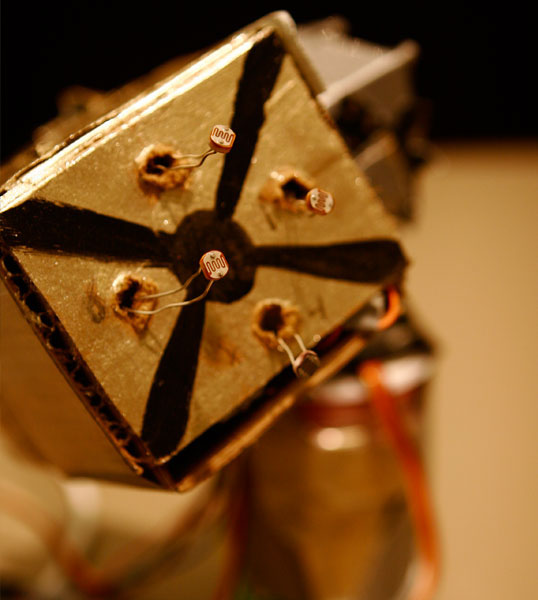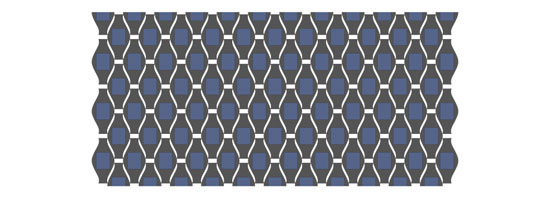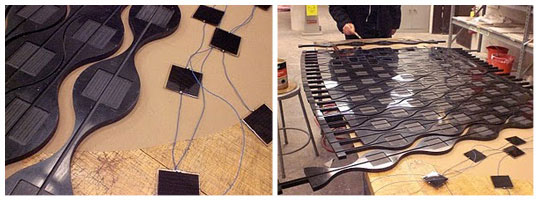First of its kind, at my school, this class combined 8 architects, 8 designers, and 8 engineers into multidisciplinary teams.
The first few weeks we spent doing excercises. Making a robot out of cardboard and ductape. This robot needed to follow light in both x and y axes. He was powered by an arduino.
The final project, however, was a true challenge!
Weeks of brainstorms and changing ideas, my team finally landed on what we called, “The Shy Solar Array”.
We found inspiration in nature, looking specifically at the Mimosa plant. Intrigued by it’s powerful reaction to outside stimuli, the team questioned if we could create a solar array that would protect itself in the same manner from our severe Michigan winters. We understood that a solar panel laying beneath a pile of snow is rendered useless, and although there has been a wide array of “solutions” to this problem (such as the roof rake), we felt that creating a solar panel that took care of itself, could be an interesting way to relieve our eco-friendly residents of their maintenance hassles.
Sketches began, and we formed a more organic shape for the array. We wanted a modular system, and one that would use space efficiently while avoiding the shading of other solar panels. We began discussing material use and took a closer look at our moving parts. Due to the weight restrictions on our servos (based to fit within our budget), we chose a plastic and formica mixture to sandwich the solar cells and hold them in place, while hiding and protecting the wiring, simultaneously. We drew up the sketch for one unit which became one row, and this was to be repeated for a total of 18 rows.
We did shadow studies, looking into what shape would provide us the most efficiency, and we began to prototype. Part of our desire to create a solar array which protects itself came from previous ideas and decisions to buy used solar cells. We ordered solar cells that had not been coated in plastic or glass, and which practically crumbled with human contact. Upon touching and handling these cells, the issue of fragility became a priority. This helped guide our decision making with regards to materials and placements of the solar cells throughout the project.
We began with all sorts of conversation and drawings. We detailed what kinds of materials we would use, how things would attach to one another, what kind of adhesives we could use to attach different materials, the code used to write the program, the sensors and thresholds which would be used in our kinetic sculpture, etc. This was truly the beginning. We made our router files which we took to the large router. Here we cut out the panels as well as scored a place for our wiring and solar cells which would sit beneath the outside layer of formica. We sanded a few rough edges and began soldering our individual solar cells to fit into our array. With 18 rows containing 4 solar cells each, we found ourselves in the studio many nights, soldering iron in hand(s), wire cutters nearby, and an array of empty redbulls scattered across the desks.
Applications of the idea: Due to the manufacturing process of solar panels, the surface of an entire row could potentially all be photovoltaic. This would allow maximum harvesting with minimum shading. This would provide heightened efficiency. A structure like this could sit atop a roof or act as a pavilion for people in yards, parks, or public spaces. It would minimize if not extinguish the hassle of racking solar panels clear of snow, and would would increase efficiency due to the shape and the minimal shading produced by each unit.














